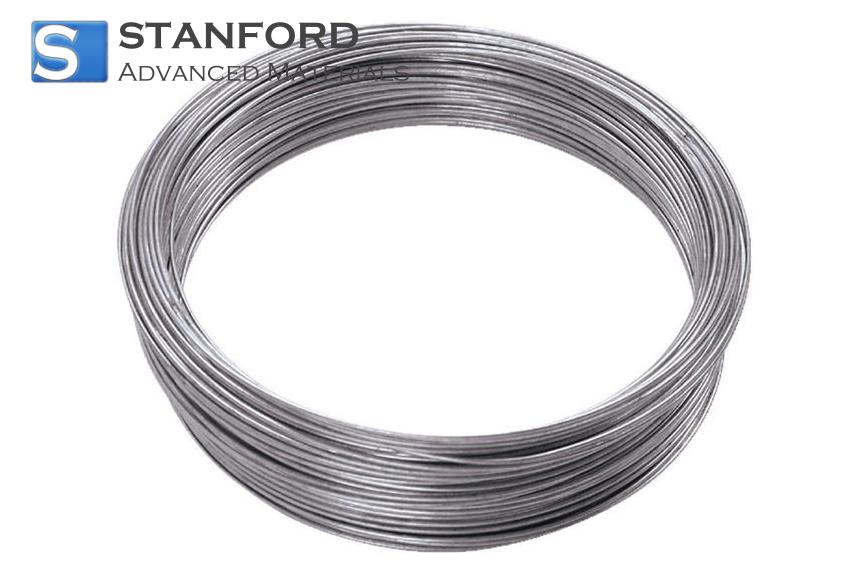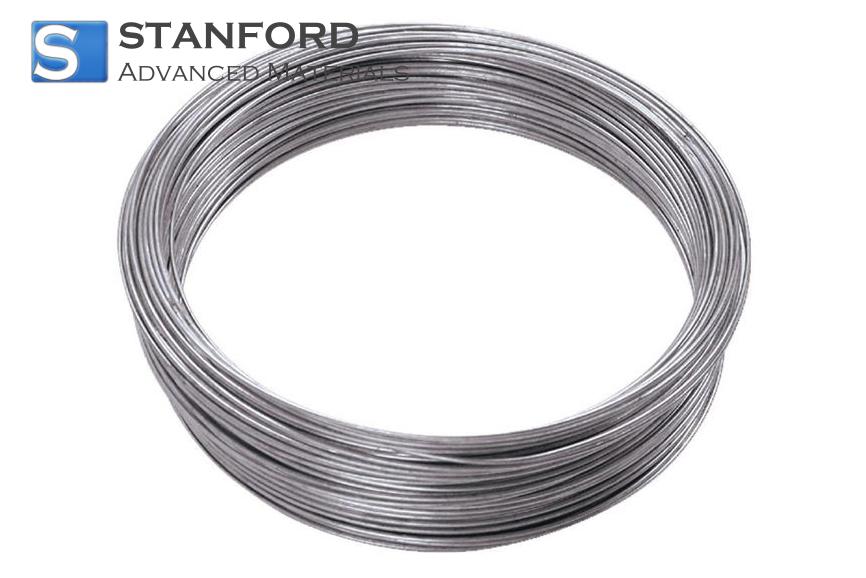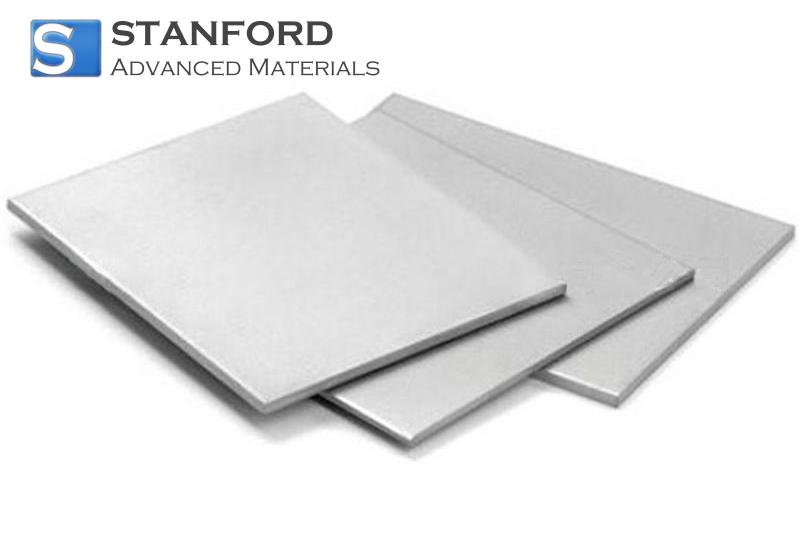Niobium Applications in Electronics and Optics
Introduction
Niobium is a highly useful metal. In electronics, niobium aids in energy storage, supports superconducting systems, and enhances semiconductor performance. In optics, it supports devices that change colour, amplify light, and produce high-quality laser beams.
Niobium in Electronic Applications
1. Capacitors and Energy Storage
Niobium oxide capacitors possess the capability of storing high energy density. Niobium capacitors are used in computers and mobile devices. They charge and discharge energy at a high rate. In many cases, they offer longer operational time compared to other capacitors. This aspect results in their widespread use in consumer electronics.
2. Superconducting Electronics
Niobium serves as a superconducting structural material for superconducting electronics. Superconducting devices operate at very low temperatures. The superconducting properties of niobium reduce power loss. Some sensitive devices find these characteristics advantageous. For instance, communication network filters utilise niobium superconducting circuitry. Lossless and stable transmission is a significant benefit in high-speed data systems.
Further reading: Types of Superconducting Materials and Their Applications
3. Semiconductors and Thin Films
Niobium thin films are utilised by most modern semiconductors for enhanced performance. Thickness in such configurations is controlled to a few nanometres. This ensures proper functionality in devices such as sensors and integrated circuits. The thin films promote the adhesion and structural integrity of semiconductor layers. Niobium is widely employed in microchip fabrication to facilitate electron flow.
4. Sputtering Targets and Physical Vapor Deposition Applications
Niobium sputtering targets are used in physical vapor deposition processes. During these processes, niobium is bombarded with ions to produce a vapour that condenses to form thin layers on substrates. This process is beneficial when producing hard coatings on glass and silicon wafers. The process is common in the manufacturing of modern electronic devices as well as in the production of reflective coatings in optical devices.
Niobium in Optical Applications
Niobium has established a reputation in optics. Based on its properties, it is a prime candidate for many optical devices. Its application has been noted in the fabrication of equipment that requires precision and strength.
1. Electrochromic and Photochromic Devices
In materials where colour and light must change dynamically, niobium oxide is used. The metal oxide responds to electrical signals or light inputs, rapidly and safely changing colour. Dynamic lenses and smart windows fall within this category. The performance of niobium in such products assures rapid response and long-term applicability.
2. Optical Coatings
Niobium coatings on optical components assist in regulating reflection and light absorption. Niobium coatings find applications on solar panels and camera lenses. They reduce glare and protect the underlying material. In most applications, a thin layer of niobium oxide extends the lifespan of the device by acting as a barrier to harsh environmental conditions.
3. Laser and Photonic Components
Consequently, niobium is one of the materials used because of its enhanced heat and electrical conductivity in various laser technologies. It is found in photonic structures and cavities. In fibre optics, niobium is employed in thin films to improve signal propagation with clarity and efficiency. Thus, beam quality is prioritised with minimal light loss through niobium.
4. TCOs
Niobium transparent conductive oxides are being increasingly used for touchscreens and display screens. They are electrically conductive and optically transparent. They can support high-resolution displays as well as stress tolerance. The stability of smartphones and computer monitors is enhanced through the use of niobium-based TCOs.
Conclusion
Niobium plays a crucial role in electronics and optics. Its mechanical strength, high melting point, and superconducting properties make niobium a valuable material for advanced applications.
Frequently Asked Questions
F: In what way does niobium contribute to the improvement of capacitor performance?
Q: Niobium oxide capacitors provide high energy density and rapid release of energy, leading to improved and stable device operation.
F: What benefits do niobium thin films offer in semiconductors?
Q: Niobium thin films facilitate electron conductivity, bonding, and reliability in microchips and sensor devices.
F: Why is niobium widely used in optical coatings?
Q: Niobium maximises light control, reduces glare, and protects underlying materials in numerous optical components.

 Bars
Bars
 Beads & Spheres
Beads & Spheres
 Bolts & Nuts
Bolts & Nuts
 Crucibles
Crucibles
 Discs
Discs
 Fibers & Fabrics
Fibers & Fabrics
 Films
Films
 Flake
Flake
 Foams
Foams
 Foil
Foil
 Granules
Granules
 Honeycombs
Honeycombs
 Ink
Ink
 Laminate
Laminate
 Lumps
Lumps
 Meshes
Meshes
 Metallised Film
Metallised Film
 Plate
Plate
 Powders
Powders
 Rod
Rod
 Sheets
Sheets
 Single Crystals
Single Crystals
 Sputtering Target
Sputtering Target
 Tubes
Tubes
 Washer
Washer
 Wires
Wires
 Converters & Calculators
Converters & Calculators
 Write for Us
Write for Us



 Chin Trento
Chin Trento



